A significant and rare Henry VIII carved oak mount, 1533-6, of Anne Boleyn's (c.1501-36) royal badge, possibly by Richard Rydge (fl. 1532-6) Covered now in an off-black paint, with traces of a lighter pinkish bole below, and scattered areas of red pigment, and gilding, and modelled as a falcon wearing a closed imperial crown, its fore-wing furled over at the top, its rear wing aloft, and holding a sceptre formed as a pair of opposing balusters topped by a gadrooned ball knop, the falcon standing on a tapering stump or woodstock, pounced and with dentil-like protrusions, and issuing a spray of three rows of four flowers, on four curving stalks, 19.5cm wide x 3.5cm deep x 20.5cm high, (7 1/2in wide x 1in deep x 8in high) Fußnoten Royal Badges at Hampton Court This badge's only known counterparts decorate the underside of the hammberbeam roof in the Great Hall at Hampton Court (Figure 1). Helpfully, given the inaccessibility of the ceiling and its ornaments, 60ft above the ground, the roof was surveyed by A. W. Pugin in the 1820s and his longitudinal drawing, published in Specimens of Gothic Architecture of 1821-3, was accompanied by detailed drawings of the roof's ornamental badges, pendants and corbels, including a falcon (Figures 2 & 3). Sitting alongside other royal symbols – a fleur-de-lys, a rose, a portcullis – the falcons (how many there were of each type of badge is not specified) Pugin found on the roof in the 1820s are identical to this boss in all but one feature. The knop at the top of the falcon's sceptre in Pugin's survey appears to be shaped like a lozenge, with a flattened top point, its lower section with a pronounced taper, whilst here it is a ball shape, with a band at its centre, and gadrooned. In all other particulars – the arc of the falcon's beak, the curve of the stalks supporting the flowers, and the angle of the scroll or furl to the top of the fore-wing, for instance – the likeness is pronounced. Crucially, Pugin's drawings record the badge's height as 8in, and its width as 7 1/2in, precisely conforming to the dimensions of this badge. The Great Hall roof was installed as part of the second phase of Henry VIII's rebuilding work at Hampton Court, which he had acquired on Thomas Wolsey's (c. 1473-1530) fall: he took responsibility for building works there in September 1529. Shortly afterwards, in 1530, Henry paid for repaving work and for the setting up of 'tablets containing the King's arms' in the Great Hall, overtly asserting his ownership of the palace [Thurley (1988), p. 10], but this 'upgrade' was totally overridden by the decision, probably taken at the end of 1531, to build an entirely new structure. The result was the last and greatest of the medieval halls to be built in England, a consciously anachronistic building, already superannuated at the time of its construction, but intended to convey the ancient authority of royalty in England. Indeed, the hammerbeam roof was outdated in 1532, at a time when stuccoed, boarded or coffered ceilings were being installed in fashionable buildings, and some of its elements are purely ornamental, serving no structural purpose [Thurley (2003), p. 51]. These elements, however, allowed for a greater surface area on which to apply ornamental and heraldic bosses, pendants and badges, and Henry took full advantage. Extensive accounts survive for this phase of work, and – unusually for this period – we know the names of some of the workmen responsible for decorating the roof. Thus, in 1533, the London carver Richard Rydge was paid for work on 'xvi pendants standyng under the hammer beam in the kynges new hall' [Thurley (1988), pp. 10-11]. Another carver, John Wright is also mentioned in connection with the applied decoration, and it may be that he and Rydge 'designed and applied the embellishments themselves'. Records suggest that it was being painted in 1534 [ibid., p. 11] – the badges were painted brilliant colours and gilded – although carpenters working on the
A significant and rare Henry VIII carved oak mount, 1533-6, of Anne Boleyn's (c.1501-36) royal badge, possibly by Richard Rydge (fl. 1532-6) Covered now in an off-black paint, with traces of a lighter pinkish bole below, and scattered areas of red pigment, and gilding, and modelled as a falcon wearing a closed imperial crown, its fore-wing furled over at the top, its rear wing aloft, and holding a sceptre formed as a pair of opposing balusters topped by a gadrooned ball knop, the falcon standing on a tapering stump or woodstock, pounced and with dentil-like protrusions, and issuing a spray of three rows of four flowers, on four curving stalks, 19.5cm wide x 3.5cm deep x 20.5cm high, (7 1/2in wide x 1in deep x 8in high) Fußnoten Royal Badges at Hampton Court This badge's only known counterparts decorate the underside of the hammberbeam roof in the Great Hall at Hampton Court (Figure 1). Helpfully, given the inaccessibility of the ceiling and its ornaments, 60ft above the ground, the roof was surveyed by A. W. Pugin in the 1820s and his longitudinal drawing, published in Specimens of Gothic Architecture of 1821-3, was accompanied by detailed drawings of the roof's ornamental badges, pendants and corbels, including a falcon (Figures 2 & 3). Sitting alongside other royal symbols – a fleur-de-lys, a rose, a portcullis – the falcons (how many there were of each type of badge is not specified) Pugin found on the roof in the 1820s are identical to this boss in all but one feature. The knop at the top of the falcon's sceptre in Pugin's survey appears to be shaped like a lozenge, with a flattened top point, its lower section with a pronounced taper, whilst here it is a ball shape, with a band at its centre, and gadrooned. In all other particulars – the arc of the falcon's beak, the curve of the stalks supporting the flowers, and the angle of the scroll or furl to the top of the fore-wing, for instance – the likeness is pronounced. Crucially, Pugin's drawings record the badge's height as 8in, and its width as 7 1/2in, precisely conforming to the dimensions of this badge. The Great Hall roof was installed as part of the second phase of Henry VIII's rebuilding work at Hampton Court, which he had acquired on Thomas Wolsey's (c. 1473-1530) fall: he took responsibility for building works there in September 1529. Shortly afterwards, in 1530, Henry paid for repaving work and for the setting up of 'tablets containing the King's arms' in the Great Hall, overtly asserting his ownership of the palace [Thurley (1988), p. 10], but this 'upgrade' was totally overridden by the decision, probably taken at the end of 1531, to build an entirely new structure. The result was the last and greatest of the medieval halls to be built in England, a consciously anachronistic building, already superannuated at the time of its construction, but intended to convey the ancient authority of royalty in England. Indeed, the hammerbeam roof was outdated in 1532, at a time when stuccoed, boarded or coffered ceilings were being installed in fashionable buildings, and some of its elements are purely ornamental, serving no structural purpose [Thurley (2003), p. 51]. These elements, however, allowed for a greater surface area on which to apply ornamental and heraldic bosses, pendants and badges, and Henry took full advantage. Extensive accounts survive for this phase of work, and – unusually for this period – we know the names of some of the workmen responsible for decorating the roof. Thus, in 1533, the London carver Richard Rydge was paid for work on 'xvi pendants standyng under the hammer beam in the kynges new hall' [Thurley (1988), pp. 10-11]. Another carver, John Wright is also mentioned in connection with the applied decoration, and it may be that he and Rydge 'designed and applied the embellishments themselves'. Records suggest that it was being painted in 1534 [ibid., p. 11] – the badges were painted brilliant colours and gilded – although carpenters working on the




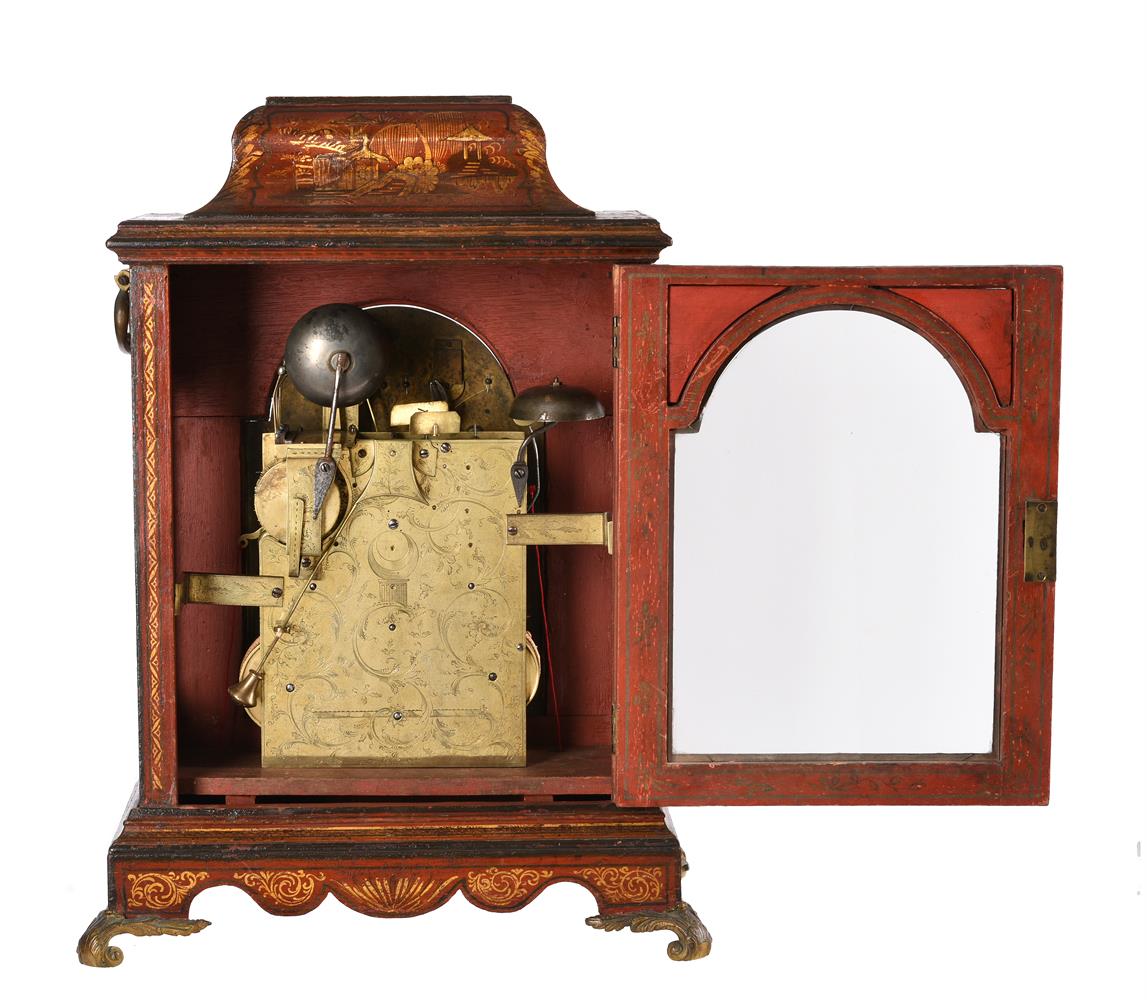
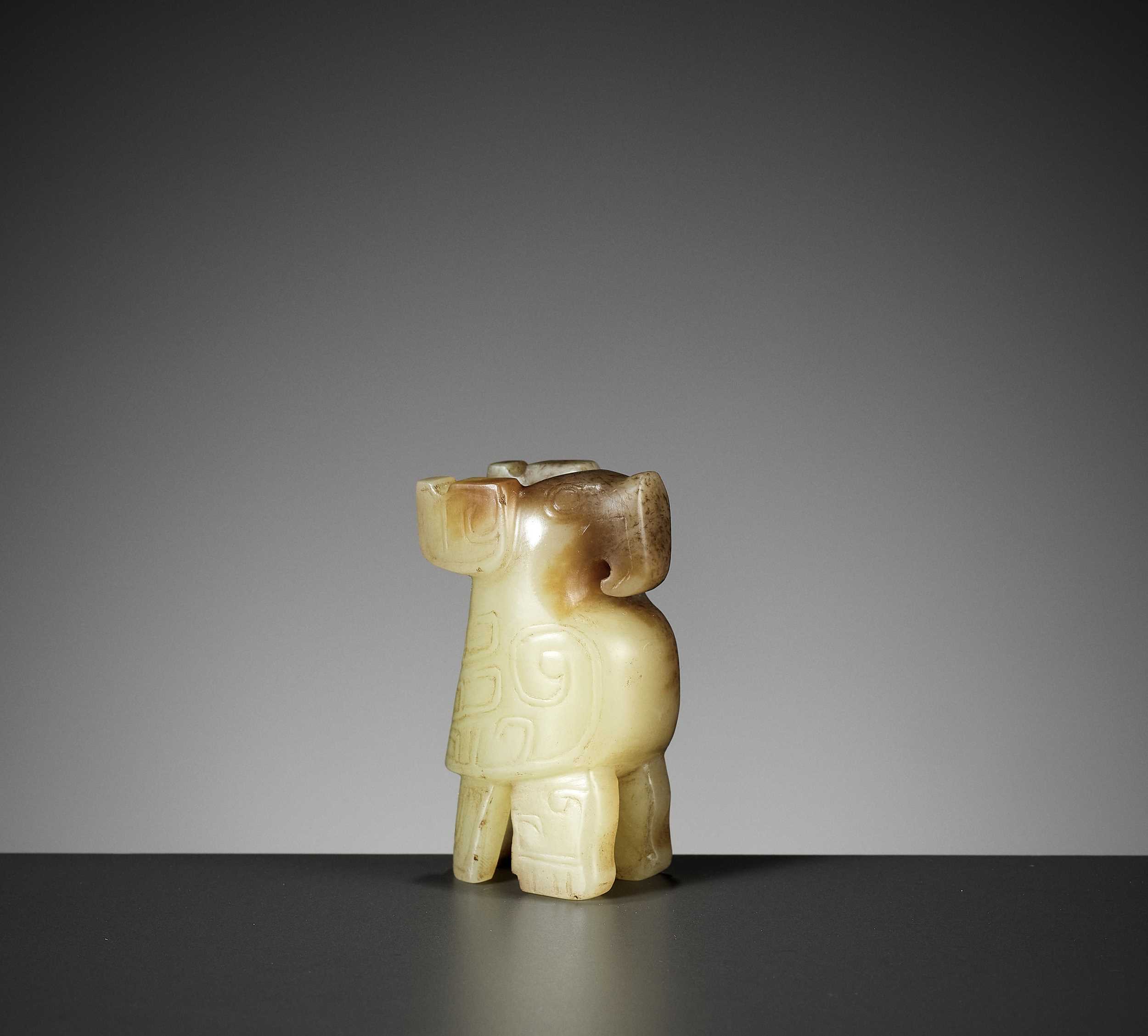
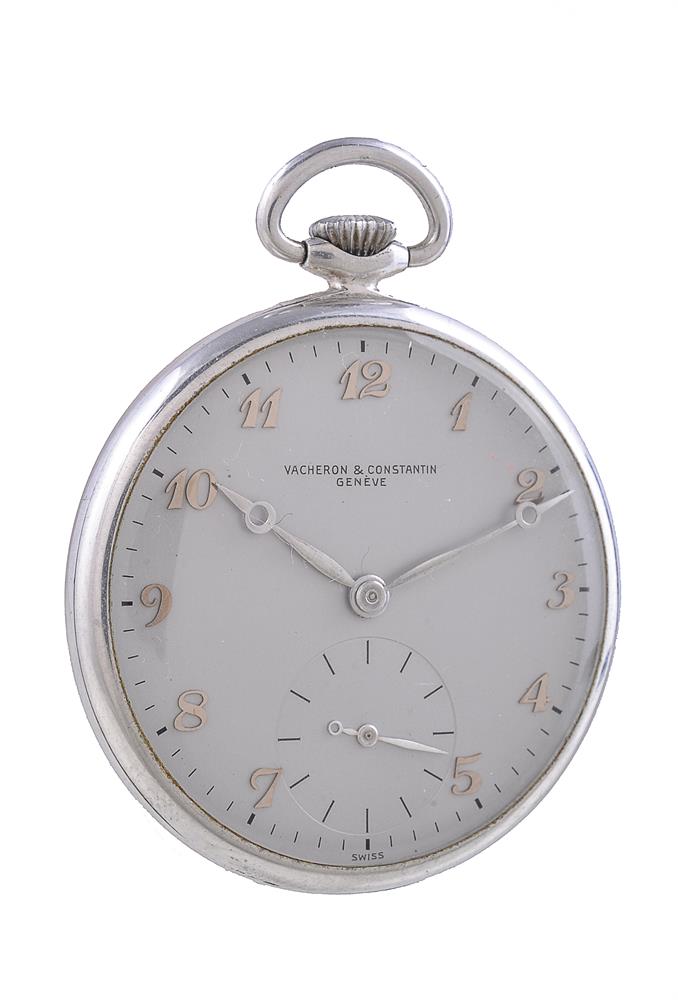
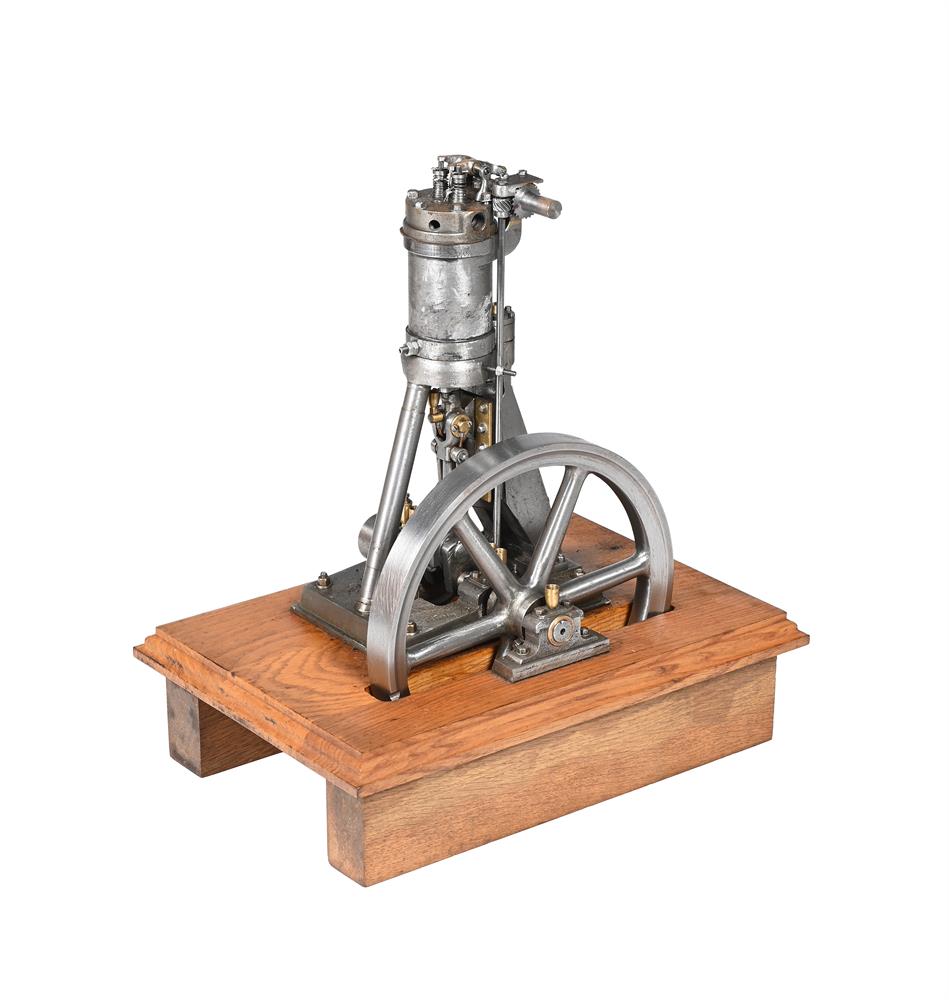

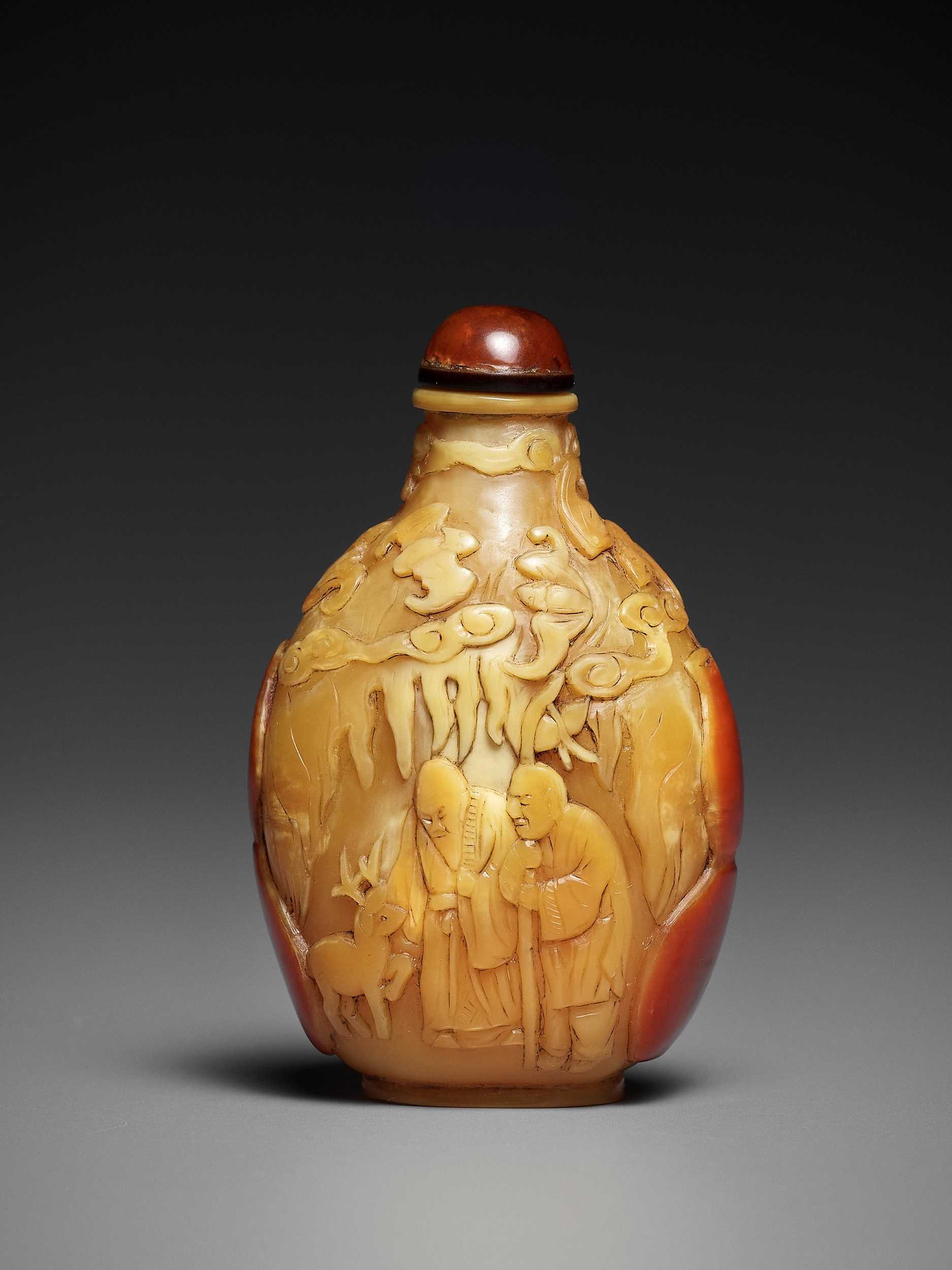


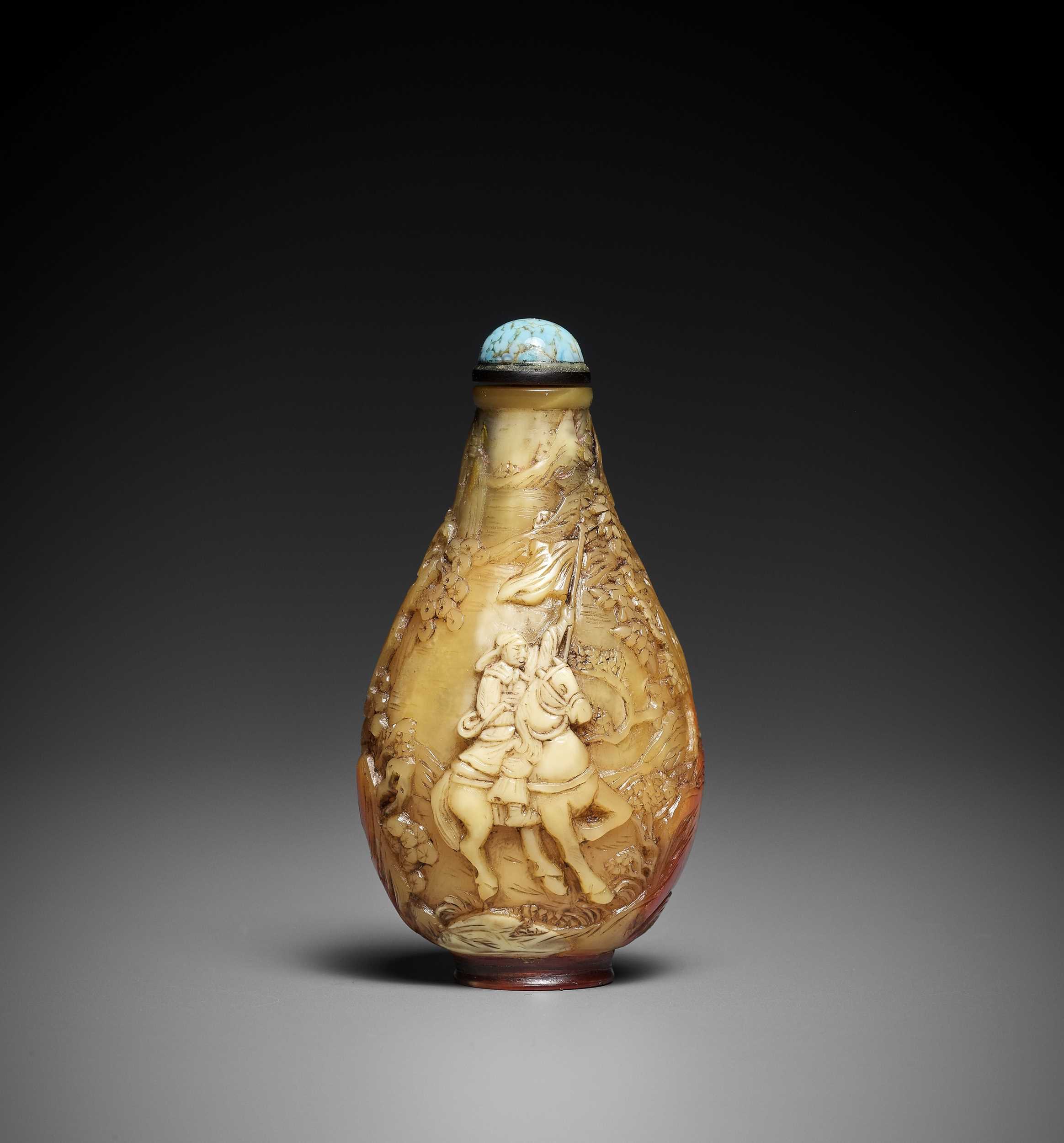


Testen Sie LotSearch und seine Premium-Features 7 Tage - ohne Kosten!
Lassen Sie sich automatisch über neue Objekte in kommenden Auktionen benachrichtigen.
Suchauftrag anlegen